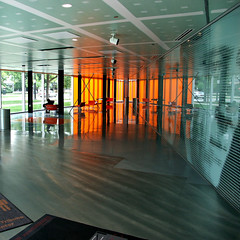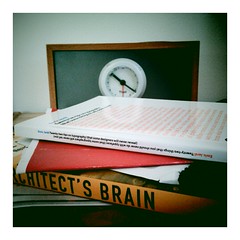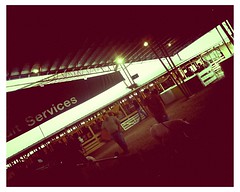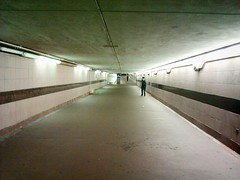What several designers noted, though, were the crazy-quilt lines of what the publicity materials refer to as the “grand manor roof.” “With most houses, they could be colonial or modern, the roof line is so clear that you can see that underneath there is some kind of rational flow and layout,” said Mr. Hayes, author of “The Tailored Interior.” “With this, they’re unresolved and a bit messed up. You know that what’s underneath is not a lot of clarity.”Hayes was speaking of Michelle Bachmann's Minnesota home in The Houses of the Hopefuls in today's New York Times.
The article features a run down of the architecture and interior design of the homes of the Republican presidential hopefuls.





























